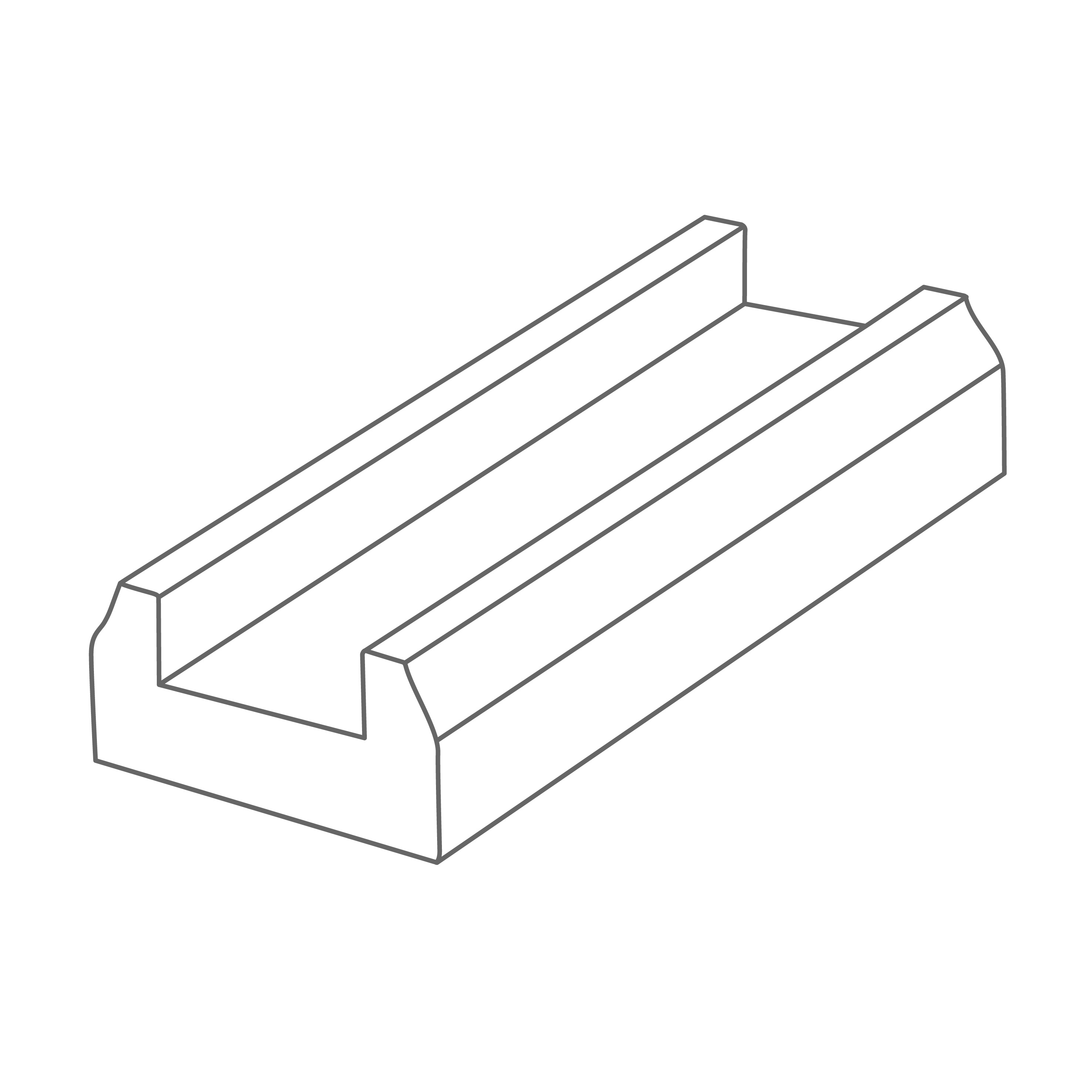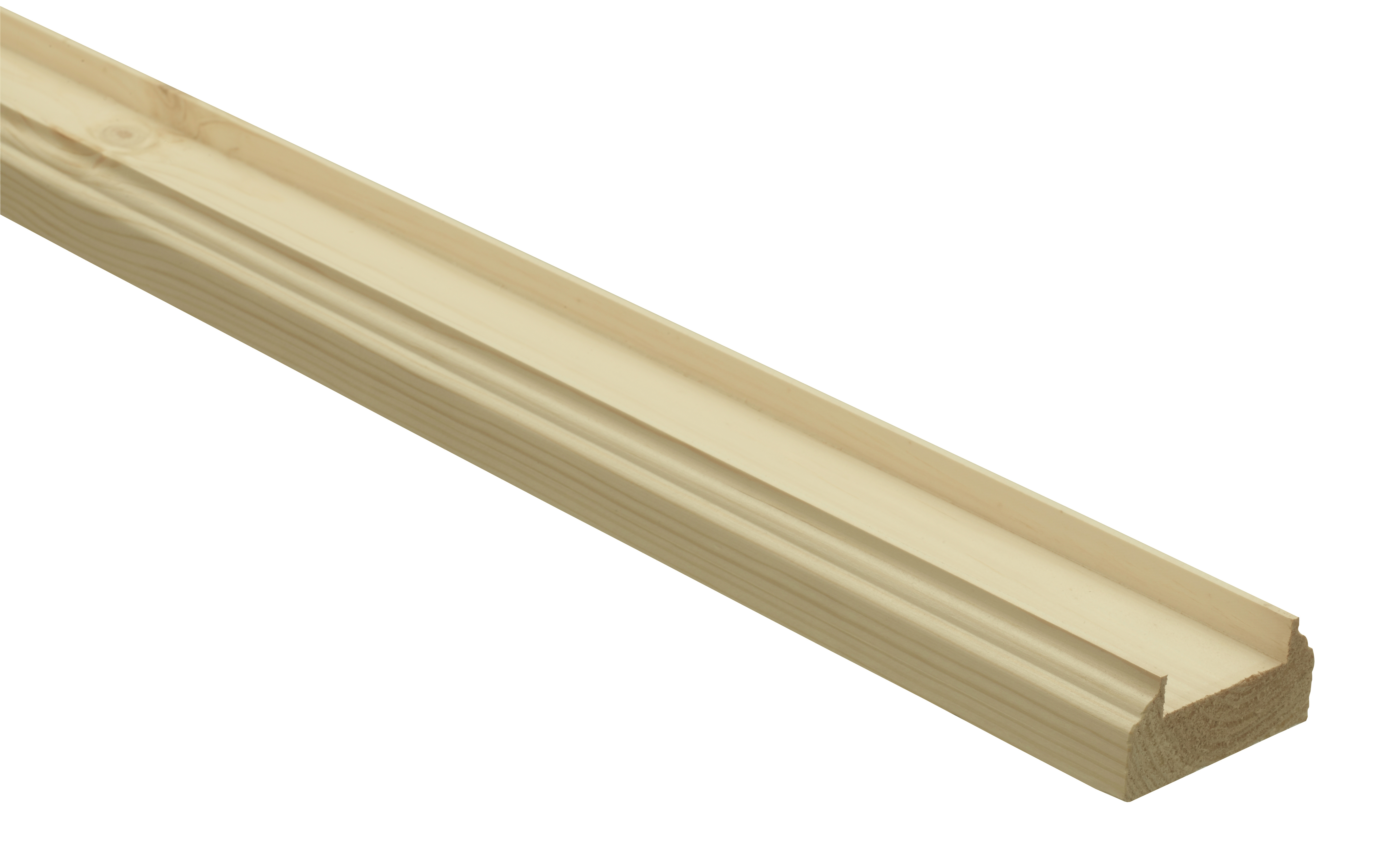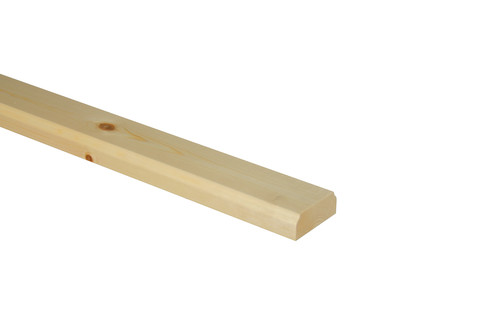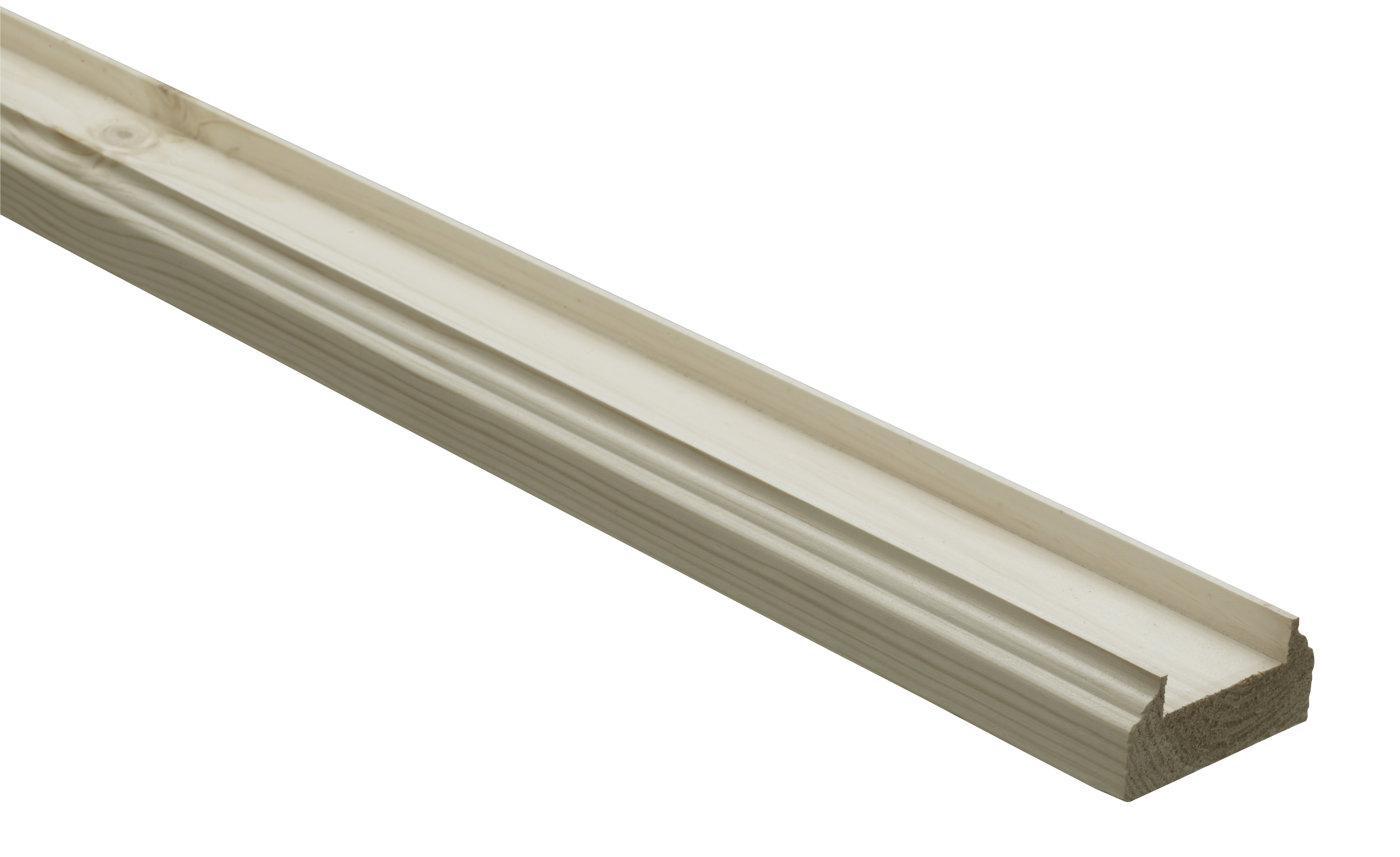Pine Baserail 2400 32
Specification
| Material | Pine |
| Finish | Smooth |
| Height | 55mm |
| Length | 2400mm |
| Depth | 22mm |
| Weight | 1.455 Kg |
| Product Type | Baserails |
| Unit of Measure | Each |
| Pack Quantity | 1 |
Eight spindle and baluster designs to choose from in 32mm and 41mm sizes
Not sure if this is right for your home?
Speak to a designer with our free design service which can help you plan your perfect layout and check compatibility.
Free Design ServiceProduct Description
- All Richard Burbidge ranges have been full tested to comply with Domestic regulations
Be Inspired
Our top tips, advice and testimonials to help you get the best out of Richard Burbidge products. Discover our range and find everything from inspiration and ideas to installation and maintenance advice.
Baserails FAQs
How do you remove a stair base rail?
Removing a stair baserail requires careful attention to avoid damaging the stairs and surrounding structure. It may be best to get a trade professional to remove your stair baserail depending on your level of experience, the tools required and the complexity of your staircase.
Steps to remove a stair baserail
- Inspect the installation - understand how the baserail is secured & look for visible fasteners of adhesive signs.
- Remove baluster - unscrew or pry off any attached balusters using a hammer or chisel for glue connections
- Score edges—Use a utility knife to cut through paint, caulk, or adhesive along the edges to avoid damage.
- Remove fasteners - Unscrew visible screws or pry out nails protecting the surface
- Pry the baserail loose - For glued rails, gently lift one end with a pry bar or chisel, tapping as needed to loosen the adhesive.
- Life and remove - Once loosened, carefully lift the baserail away
- Clean the area - Remove leftover adhesive or fasteners and sand the surface to prepare for a new baserail if needed.
What are base rails used for?
Base rails are essential components of a staircase, they are used to:
- Support the balusters by providing a secure base for spindles and holding them in place
- Offer structural support, by distributing the load from the handrail and balusters to the staircase or floor
- Provide an aesthetically pleasing finish look
- Comply with staircase safety requirements, ensuring the balustrade system is safe and compliant with building codes.
What are the different types of base rails available?
Baserails come in four main types: grooved, un-grooved, pre-drilled and glass-grooved.
A grooved baserail is a popular design containing a groove in the centre of the rail for spindles to slot into easily.
An un-grooved baserail is a solid base rail without a groove, most suited for some metal spindles or glass brackets.
Pre-drilled rails for the Elements Black balusters
A glass-grooved baserail has a deep channel that runs the length of the rail, into which glass panels can be inserted.
What finishes do Richard Burbidge baserails come in?
Richard Burbidge stair base rails are available in oak, pine and primed. View our range today.
What is a base rail for stairs?
What size are staircase base rails?
Staircase base rails often vary in size depending on the design and building regulations, but common dimensions include:
- A width of around 50mm to 60mm to fit standard baluster grooves
- A height of 20mm to 30mm to ensure it sits comfortably in the staircase structure
- A staircase base rail length is normally between 1 and 4 meters and can be cut to fit the staircase.
Baserails often include a groove or channel to secure balusters, usually 32mm or 41mm wide to accommodate standard spindle sizes.











